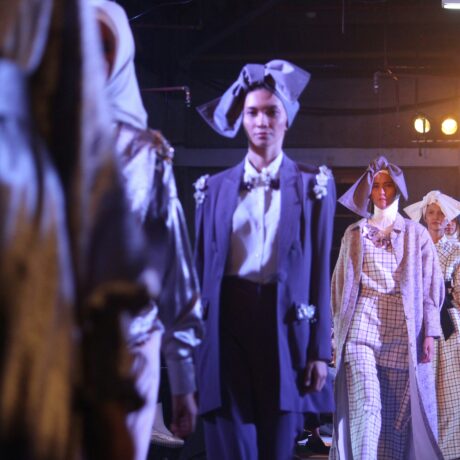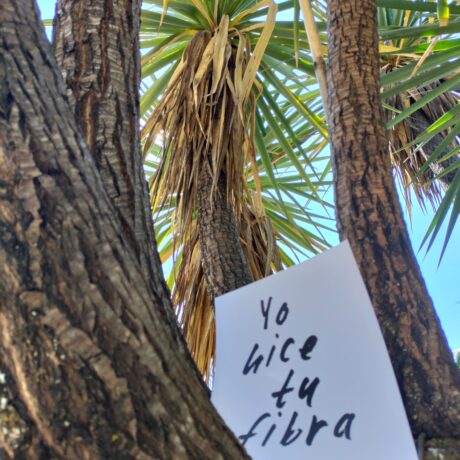Building an inclusive fashion movement for people with disabilities
This is a guest blog post by Heloisa Rocha and SB Shop. Header image: Heloisa Rocha by Anderson Baxo.
For centuries, people with disabilities were related only to care and hospital environments. The first discussions regarding the promotion of equal opportunities for this part of society only appeared in 1981, the year in which the United Nations proclaimed it the International Year of Persons with Disabilities. However, the milestone was still far from considering the representation of the body with disabilities in the fashion industry and in the media dedicated to this theme.
Proof of this is that the first appearance of a disabled model on a catwalk took place in 1999, during a show by British designer Alexander McQueen for London Fashion Week. On the occasion, the American model Aimee Mullins walked with a wooden prosthesis, imitating a long boot. Unfortunately, the historical moment did yet not impact society for a structural and social change.
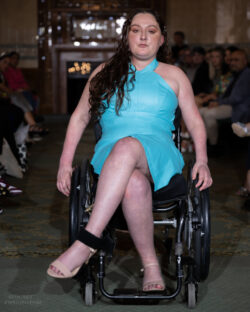
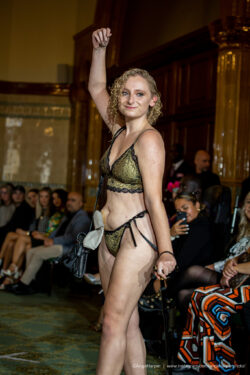
Left: Emma Birch by Ian Rice
Right: Charlotte Amy Louise by Ange Harper
However, in the following years, small movements in favour of more diverse and inclusive fashion industry began to gain space in the media, such as the Tommy Hilfiger adaptive clothing collection and the Barbie Fashionistas line, which features the iconic doll portrayed with different impairments. According to the World Health Organisation (WHO), one billion individuals with disabilities in the world could, for the first time, see themselves inserted and represented in a space where it never existed.
Can we say that today there is a full representation of individuals with disabilities in all sectors related to fashion? No! So much so that, in 2020, the documentary I’mperfection, available on YouTube, explains in a clear and objective way how important representation is for women with different experiences and disabilities.
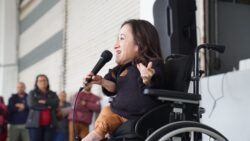
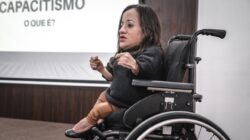
Heloisa Rocha by Anderson Baxo
For the wishes of the I’mperfection video to become reality, physical, digital and, especially, attitudinal barriers must be eliminated, that is, that the spaces occupied by fashion welcome in an integral way (and not isolated or punctual) the person with a disability. Something that both the Runway of Dreams in New York and London Represents have recently promoted by celebrating, in magnificent events, the inclusive fashion movement and , also, to make society aware of a true revolution in fashion.
The moment is a great opportunity for the market, because the more actions – in partnership with the brands in favour of the cause – that occur simultaneously in different parts of the planet, the more attention will turn to citizens who never felt entirely included by this industry. Analysing everything that has been presented in the latest international fashion actions, it is already possible to see that inclusion will not come to be a single season trend, but to be a classic that will never go out of style.




